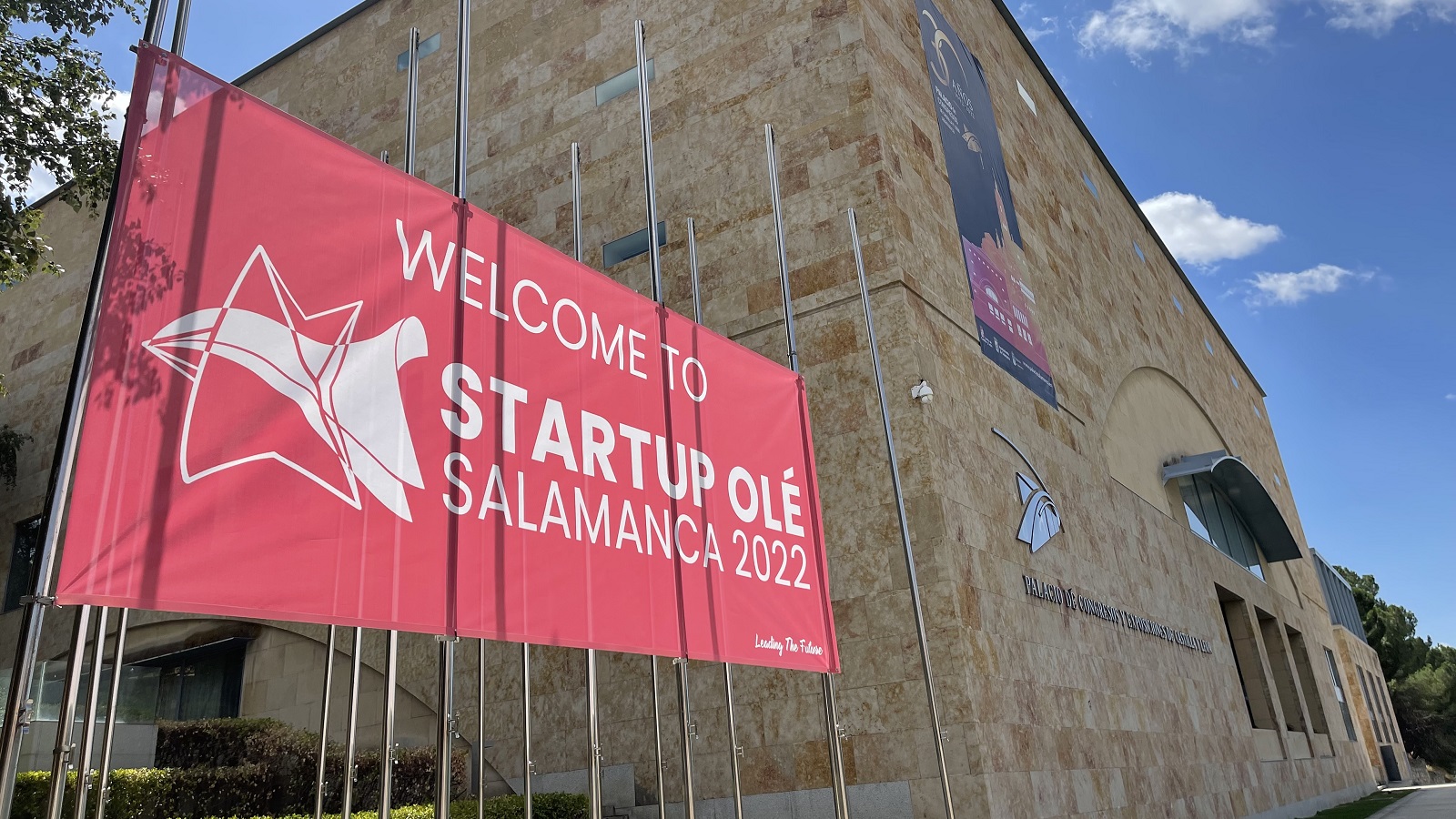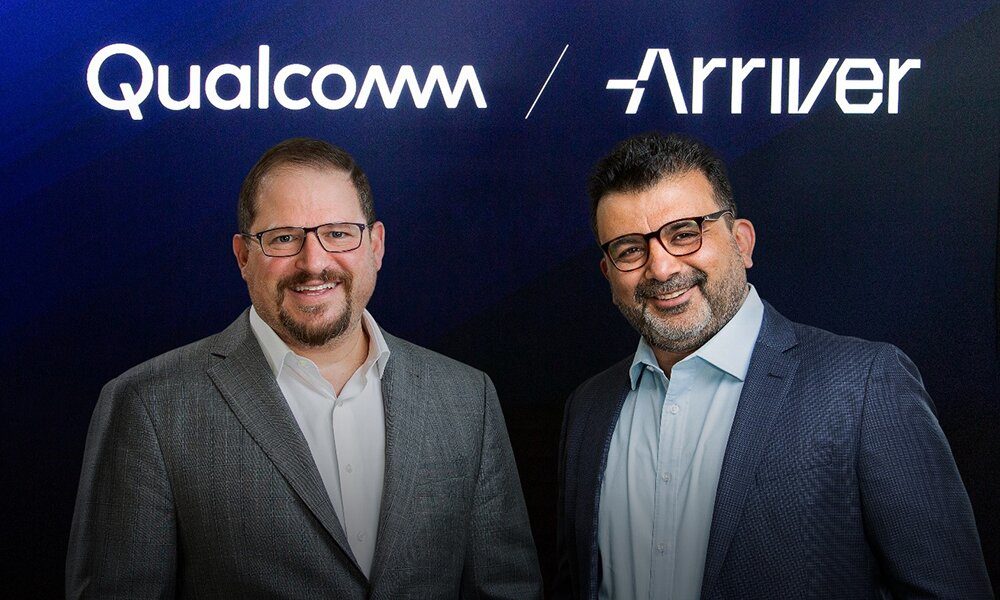
AMETIC (Multisectoral Association of Information Technology, Communications and Electronics Companies) has presented a report in which it analyzes the Current state of the Spanish microelectronics ecosystem. In it, he has shown the weak points of the sector and has raised a Training Strategy Proposal for the PERTE aid plan in the field of Microelectronics and Semiconductors.
The employers’ association of the digital industry AMETIC considers that, since there are currently organizations that make up this industry in Spain, it is alarming that none of them encourages the construction of a manufacturing plant. For all these reasons, it considers that it would be necessary train an average of 600-700 professionals in microelectronics year to strengthen the ecosystem and never disappear.
A necessary training plan
This boost to the sector includes a long-term training plan on microelectronics, which would affect different educational levels and companies and would involve an investment of 146 million euros until 2027. Today they have joined 22 Spanish companies and universities who advocate the training of new professionals.
He AMETIC mapaccording to its president, Peter Mier, it was necessary to know the current real situation that Spain is going through. This indicates that it is necessary train an average of 1,400-2,780 people in design come in 1,266 and 2,731 technology professionals in the next four years. All of this would be achieved by promoting university degrees, master’s degrees, postgraduate degrees, industrial doctorates, higher degrees and non-regulated training. However, to achieve the objective, it would be necessary to locate in Spain a semiconductor factory.
The training plan would include the creation of 12 new laboratories for high frequency devices and photonic integrated devices, with 28 million investment. It would also imply creating new labs for integrated circuits equipped for design and characterization, with an investment of 19.8 million euros.
The AMETIC study estimates that there is currently a deficit of between 600-700 professionalsDespite having a budget of 9,000 million euros to recover the 20% of the market in the next years. It is necessary to invest in sectors such as fabless (52%), integrated circuits (14%), IP providers (12%) or IDM (12%) in order to contribute to the global ecosystem.
investment level
The first step would be to focus on the postgraduate and master’s degreesAMETIC estimating that a budget of 145.7 million euros, including 113.65 million charged to the PERTE Chip and investment from the autonomous communities and private companies. These figures are infinitely higher than the budget of 80 million euros included in the Government plan for the period 2022-2027 in this ambit.
The material resource costsaccording to data from AMETIC, could reach €97.7 million, of which 79.7 million would be charged to PERTE. He human resources cost it will be of €44.7 million (30.6 million charged to PERTE), in such a way that the teaching staff (with 15 million), laboratory technicians (with 10 million) and student scholarship programs (with 8 million) would be financed.
Similarly, there are others additional costs to take into account as accompanying measures (2.4 million) or a monitoring commission (900,000 euros). In this sense, the high commissioner for the PERTE Chip, Jaime Martorelladvocates investing in talent in order to achieve the objectives set.
The microelectronics business map
The mapping of the Spanish microelectronics ecosystem of AMETIC shows that 52% are design companies, without own manufacturing or manufacturing capacity for third parties. One third are micro-enterprises, another third are small companies and other medium-sized companies.
As for his geographical distributionhighlights that both the Community of Madrid and Catalonia bring together the majority of the companies, followed by other regions such as Andalusia, the Basque Country and the Valencian Community.
However, Pedro Mier believes it is necessary to strengthen the Spanish ecosystem before promoting new investments, which is why he considers it more important have design ability to install a semiconductor factory in Spain. Already last November, Cisco chose Barcelona to install a new chip design center there. “Europe accounts for 10% of world production but it aspires to recover 20% in 3 or 4 years,” says Mier.



